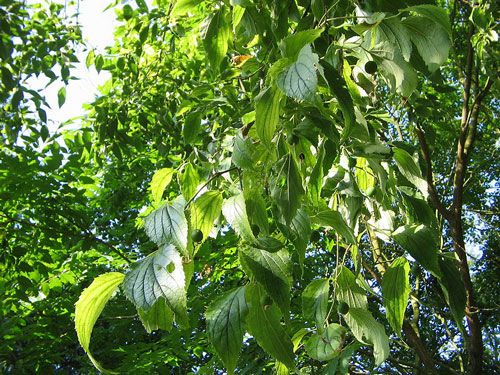-
 Mars Odyssey
Mars Odyssey
-
 WDM
WDM
-
 Pheromones
Pheromones
-
 Handover
Handover
-
 Vocal cord
Vocal cord
-
 Phase contrast microscope
Phase contrast microscope
-
 Neurinoma
Neurinoma
-
 Mineral water
Mineral water
-
 Gallbladder
Gallbladder
-
 Ozonator
Ozonator
-
 Hirudiniasis
Hirudiniasis
-
 Colon
Colon
-
 PLC
PLC
-
 Meteorite
Meteorite
-
 Dashboard
Dashboard
-
 Contrast
Contrast
-
 Alphamosaic
Alphamosaic
-
 Spinplasmonics
Spinplasmonics
-
 Magnetic monopole
Magnetic monopole
-
 Stereoisomer
Stereoisomer
-
 Ariel
Ariel
-
 Error rate
Error rate
-
 Dog rose
Dog rose
-
 Benthic
Benthic
-
 Pallasite
Pallasite
-
 Scanning electron microscope
Scanning electron microscope
-
 Papaya
Papaya
-
 Manning
Manning
-
 Telepoint
Telepoint
-
 London force
London force
Hackberry
Hackberry is a treethat can reach heights of up to 20 metres and essentially grows in Southern France, where it is found in woods and scrubland, in the low mountains up to an altitude of 900 metres. It can live up to 500 years.
Names
The hackberry (Celtis australis), from the Ulmaceae family, is also called the "European nettle tree".

Le Vieux Cannet, Place des Micocouliers (hacktrees). © Euler5853/Flickr, Licence Creative Common (by-nc-sa 2.0)
Botanical description
This species has a straight trunk and many branches that hang downwards. Its ribbed bark is similar to oak bark, grey with a few pustules and bumps.
Its deciduous leaves are simple, alternate, elliptical, slightly asymmetrical at the base, dentate and rough on the top, similar to elm leaves but, more elongated and not as wide.
Its small flowers, which have no petals, bloom in May, are generally solitary and are located at the pits of leaves, with a barely visible corolla, but very well developed white stigma. In September, its small brown fruit look like olives and remain on the tree after the leaves fall.
Origins
This tree comes from Southern Europe, Eastern and Southern Asia as well as the Americas.
Growing conditions
This species loves full sunlight and prefers deep soil, but can also tolerate dry, poor and porous soil. It adapts particularly well to the summer heat in urban areas, where it is used like the plane tree, to shade the streets and avenues of the South of France.
Use
Flexible hackberry wood is strong, and therefore used to make walking sticks, tool handles and oars. In the past, its bark and roots were used to produce a yellow dye, and its foliage was used as feed.
Author: Michel Caron
 Hackberry, young fruit. © Meneerke bloem, GNU Free Documentation License, version 1.2
Hackberry, young fruit. © Meneerke bloem, GNU Free Documentation License, version 1.2
Latest
Fill out my online form.



